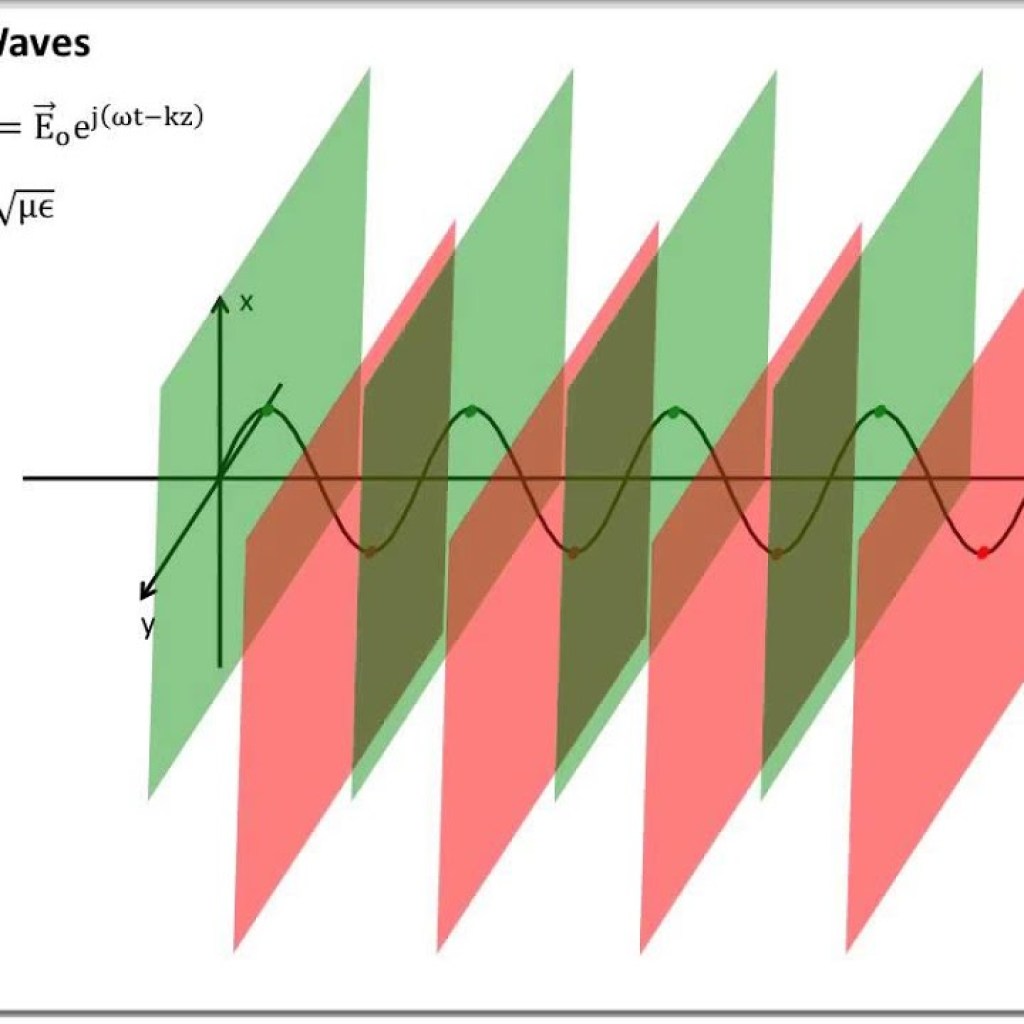Contents

Source: YouTube
<>
Understanding Plane Waves in Optics
Introduction
Plane waves are fundamental concepts in wave optics and other wave-related fields. They are characterized by simple geometric forms and mathematical descriptions, making them essential in understanding wave behavior.
Characteristics of Plane Waves
Plane waves have plane wavefronts, where locations of constant phase form planes. They exhibit uniform optical intensity, crucial for maintaining plane wavefronts during propagation. In homogeneous media or free space, plane waves satisfy wave equations, making them free-space modes.
Mathematical Description
A monochromatic plane wave is defined by a wave vector, representing the wave field’s complex amplitude. The wave vector’s magnitude is the wavenumber, and the angular frequency determines the oscillation. The wave vector indicates the wave’s direction of travel and phase change per unit length.
Properties of Plane Waves
Wavelength, the spacing of wavefronts, is a defining characteristic of plane waves. While plane waves do not exist in reality, real waves can approximate them over a volume. Properties like phase velocity and chromatic dispersion are specifically defined for plane waves.
Applications in Optics
Due to short wavelengths in optics, approximating plane waves over small volumes is common. Fourier optics decomposes light beams into plane waves using spatial Fourier transforms, enabling detailed analysis and manipulation of light.
Conclusion
Understanding plane waves is essential for various optical applications, providing insights into wave behavior and enabling advanced optical techniques.

Source: YouTube
Feel free to comment your thoughts.



